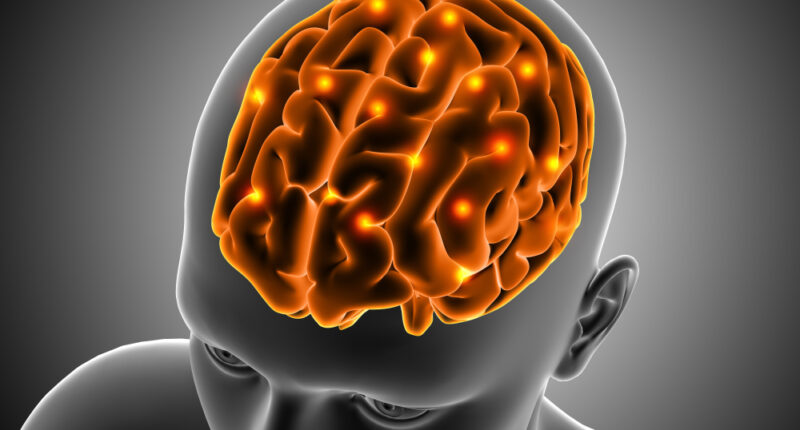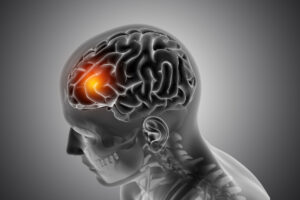A stroke is a severe medical condition that happens when the blood supply to a part of the brain is suddenly cut off or reduced. This interruption in blood flow deprives the affected area of the brain of crucial oxygen and nutrients, leading to damage to the brain tissue. Prompt treatment is essential for minimizing brain damage and improving recovery outcomes. Understanding the signs, causes, and treatment options for stroke can save lives and reduce long-term disabilities.
Recognizing the Signs of Stroke
The acronym F.A.S.T. is a helpful way to remember the sudden signs of stroke:
Face Drooping: One indication of a stroke is when one side of the face droops or feels numb. To check for this, you can ask the person to smile and see if the smile is uneven. If you notice any asymmetry in the smile, it could be a sign of a stroke, and immediate medical attention should be sought.
Arm Weakness: One arm becomes weak or numb. Have the person raise both arms and watch for any drifting downward of one arm.
Speech Difficulty: Sometimes, speech can become difficult to understand or slurred. Ask the person to repeat a simple sentence to check for speech problems.
Time to Call 911: If someone shows any of these symptoms, even if they go away, call emergency services immediately—every minute counts in stroke treatment.
Watch out for sudden confusion, vision changes, difficulty walking, dizziness, loss of balance, and unexplained severe headaches.
Types of Stroke
Let’s talk about the three main types of strokes.
Ischemic Stroke: Ischemic stroke is the most common type, accounting for approximately 87% of all strokes. It occurs when a blood clot obstructs a blood vessel in the brain, leading to reduced blood flow and potential damage to brain tissue.
Hemorrhagic Stroke: It is caused by the rupture of a blood vessel in the brain, which leads to bleeding within or around the brain.
Transient Ischemic Attack (T.I.A.): Often called a “mini-stroke,” T.I.A. occurs when blood flow to the brain is temporarily blocked. While symptoms may last only a few minutes, it’s a warning sign for future strokes and requires immediate medical attention.
Causes and Risk Factors
Several factors increase the risk of stroke:
High Blood Pressure: Concerned about stroke risk? Managing your blood pressure is critical.
Diabetes: Damaging blood vessels increases the likelihood of having a stroke.
Heart Disease: Atrial fibrillation and heart failure can increase the risk of blood clot formation.
Smoking: Causes harm to blood vessels and raises the risk of blood clots.
High Cholesterol: Atherosclerosis can lead to blocked blood flow to the brain.
Obesity: Raises the chance of developing high blood pressure, diabetes, and heart disease.
Family History: A family history of stroke can increase risk.
Age and Gender: The risk of stroke increases with age, and men have a higher risk, though women are more likely to die from a stroke.
Immediate Treatment
Quick response is critical in stroke treatment. For ischemic stroke, treatment options include:
Clot-Busting Medications: Thrombolytics like tissue plasminogen activator (tPA) can dissolve clots if administered within three to four and a half hours of symptom onset.
Mechanical Thromboscopy: This procedure removes the clot using a catheter and is typically performed within six hours of stroke onset.
For hemorrhagic stroke:
Medication: To control blood pressure, prevent seizures, and reduce brain swelling.
Surgical Procedures: To repair blood vessel abnormalities or remove accumulated blood.
Long-Term Management and Rehabilitation
Post-stroke care focuses on rehabilitation and preventing future strokes. Key components include:
Physical Therapy: Enhance your movement, stability, and power.
Occupational Therapy: To assist with daily activities and regain independence.
Speech Therapy: To address communication difficulties.
Medications: Don’t forget to monitor risk factors such as high blood pressure, high cholesterol, and diabetes.
Lifestyle Changes: Adopting a healthy diet, regular exercise, quitting smoking, and reducing alcohol intake.
Support Systems: Joining support groups for stroke survivors and their families can provide emotional support and practical advice.
Conclusion
A stroke is a life-threatening condition that requires immediate medical attention. Recognizing the signs of stroke and understanding the importance of timely treatment can save lives and reduce long-term complications. If you or someone you know exhibits signs of a stroke, act fast and seek emergency medical help immediately. Early intervention is vital to improving outcomes and recovery.










